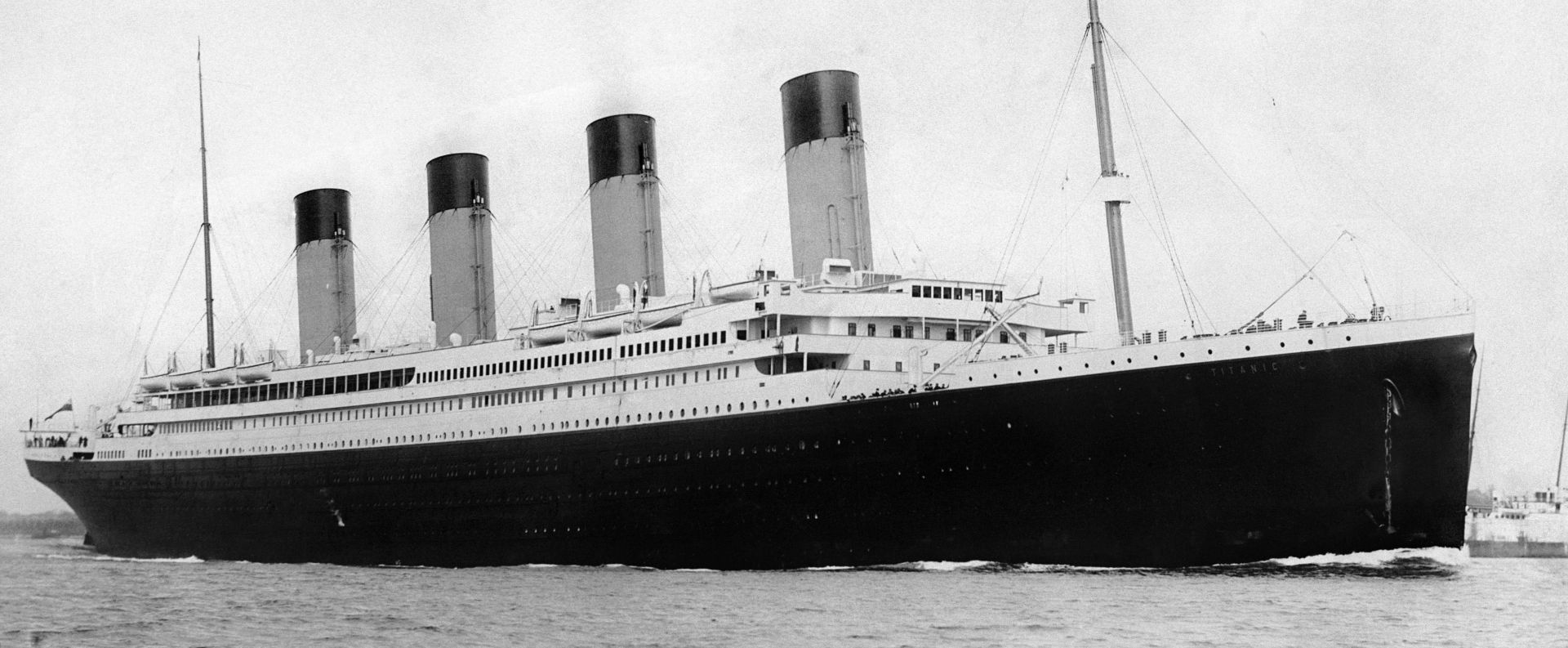Authors:
Historic Era:
Historic Theme:
Subject:
December 1955 | Volume 7, Issue 1


Authors:
Historic Era:
Historic Theme:
Subject:
December 1955 | Volume 7, Issue 1

They were missing the maiden voyage to New York of the newest and largest ship in the world. Her weight: 46,328 gross tons, 66,000 tons displacement. Her dimensions: 882.5 feet long, 92.5 feet wide, 60.5 feet from waterline to boat deck, or 175 feet from keel to the top of her four huge funnels. She was, in short, eleven stories high and four city blocks long.
Burgess’ reflections are typical. The Titanic has cast a spell on all who built and sailed her. So much so that, as the years go by, she grows ever more fabulous. Many survivors now insist she was “twice as big as the Olympic.” Actually they were sister ships, with the Titanic just 1,004 tons larger. Others recall golf courses, regulation tennis courts, a herd of dairy cows and other little touches